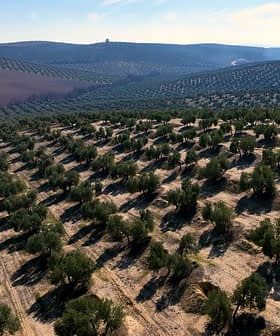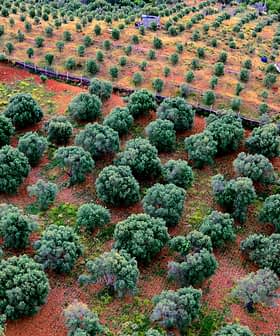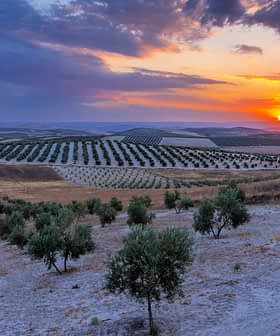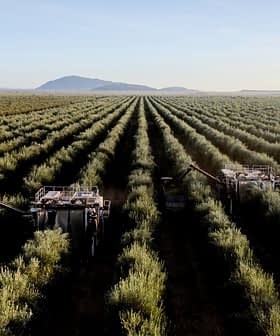Concerns Mount Over Sharp Decline in Olive Oil Prices
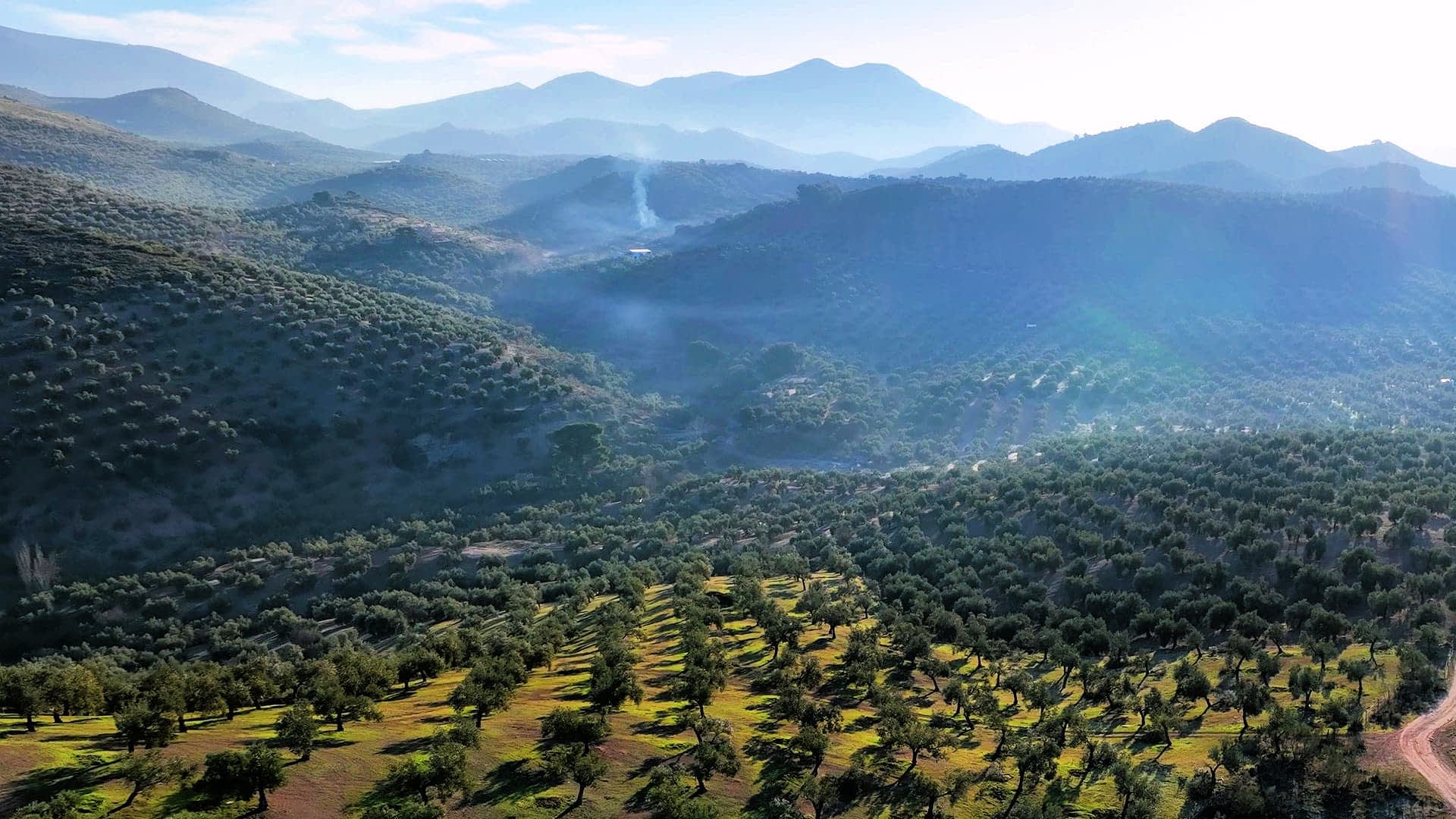
Concern is growing over the significant decline in olive oil prices at origin as the 2025/26 crop year approaches, prompting calls for the withdrawal of excess olive oil from the market under EU Regulation 1308/2013. However, olive oil consultancy Vilcon believes it is premature to remove olive oil from the market at this time, as prices have not yet reached critical levels that would warrant such action.
As the start of the 2025/26 crop year approaches, concern over the dramatic decline in olive oil prices at origin is mounting.
According to Infaoliva, prices at origin for extra virgin olive oil, virgin and lampante have fallen to their lowest levels since June 2022, with extra virgin at €3.358 per kilogram, virgin at €3.092 and lampante at €2.953.
We also don’t know what next year’s production will be; to discuss using a tool that would artificially influence prices, there’s still no justification for that.
The sharp drop in prices at origin has prompted the Andalusian chapter of Cooperativas Agro-Alimentarias, an agricultural cooperative union, to call for the withdrawal of excess olive oil from the market under Article 167 of E.U. Regulation 1308/2013, calling it “absolutely necessary.”
“This is a mandatory olive oil withdrawal mechanism activated in situations of clear risk of market imbalance,” Cooperativas Agro-Alimentarias wrote on its website. “It allows for supply regulation without compromising the viability of olive farms, especially the most vulnerable, such as those cultivated using dry land, which occupy more than 70 percent of the surface area.”
See Also:Why Olive Oil Prices Are Higher in CroatiaHowever, Juan Vilar, the chief executive of olive oil consultancy Vilcon, said it is still too early to talk about taking olive oil off the market and “negatively affecting price trends.”
“We also don’t know what next year’s production will be; to discuss using a tool that would artificially influence prices, there’s still no justification for that,” he said, anticipating that the announcement could contribute to the downward trend of prices.
According to Vilar, the trigger prices that would engage the current olive oil storage mechanism sit at €1.78 per kilogram of extra virgin, €1.71 per kilogram of virgin and €1.50 per kilogram of lampante olive oil. “Prices still haven’t fallen to those critical stress levels,” he said.
If it were to be enacted, the current European olive oil storage protocol works through a market-based tender where a producer offers to hold a specific volume of virgin or extra virgin olive oil in a sealed tank for at least 180 days based on a price set by the European Union.
“After those 180 days, the oil returns to the market. And because the producer didn’t flood the market with its olive oil, the producer receives a subsidy, which is also set by the European Union according to the tenders held at that time,” Vilar said.
“The idea is to immobilize olive oil in the mill in a controlled way so that, by temporarily removing it from the market, it helps slow down the drop in prices,” he added.
For his part, Vilar does not expect the Spanish and European authorities to change the mechanism, so current price levels will not trigger it.
However, Cooperativas Agro-Alimentarias Andalusia is concerned that, if olive oil production reaches the optimistic estimate of 1.6 million metric tons in the 2025/26 crop year, then prices will continue to fall.
For many medium and larger producers, prices lower than €3 per kilogram make their operations unprofitable. Smaller producers say that prices below €7 per kilogram are unsustainable, though they usually prioritize quality and sell above market rates anyway.
According to Spain’s Ministry of Agriculture, Fisheries and Food, Spain has 762,800 tons of olive oil stocks after the first eight months of the 2024/25 crop year, 55 percent more than at the same period last year and eight percent above the four-year average.
Based on current market dynamics, Spain is likely to start the coming 2025/26 crop year on October 1st with olive oil stocks slightly exceeding 400,000 tons, the average of the previous four years.
“The mandatory withdrawal mechanism must be activated when the value of olive oil availability (production, stocks and imports) estimated for the campaign significantly exceeds average outputs (domestic market and exports),” Cooperativas Agro-Alimentarias Andalusia wrote.
